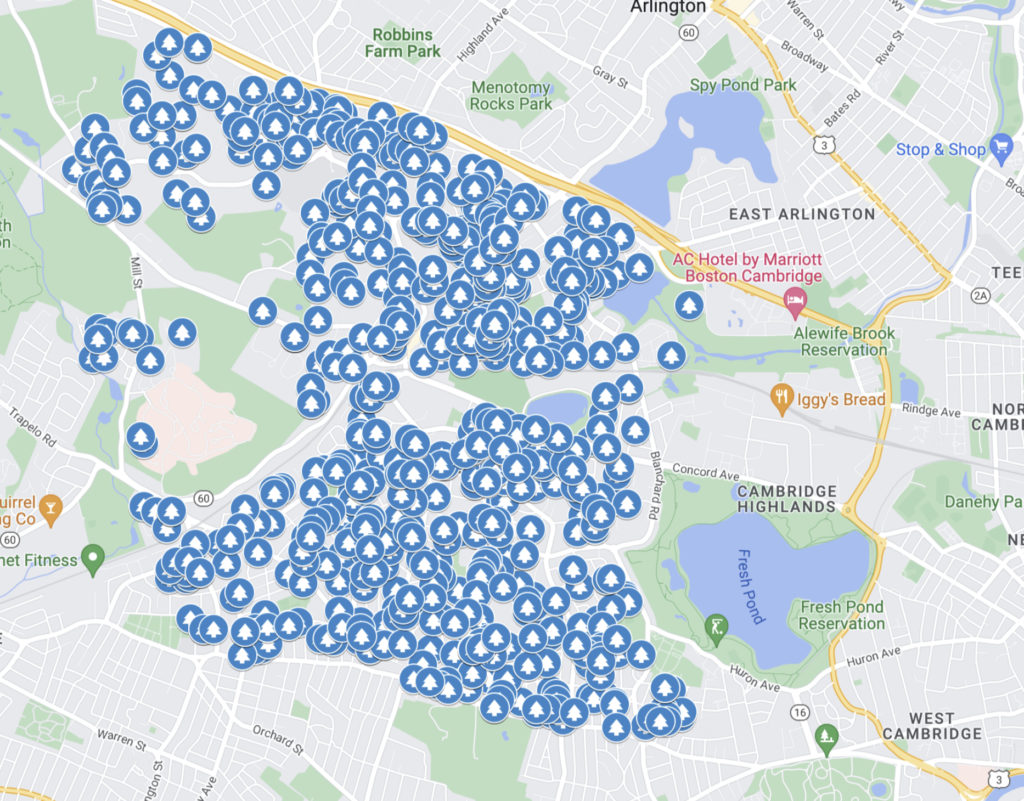Photo: Snow emergency parking ban starts at midnight
Belmont has declared a Snow Emergency Parking Ban on all roadways and municipal parking lots, effective at midnight, Tuesday, Feb. 28, and continuing until further notice.
All vehicles parked violating the ban will be towed at the owner’s expense.
Trash and recycling will be picked up per the regular schedule on Tuesday.
Belmont Town Hall and other town offices will open at 9 a.m.
The Office of Community Development would like to remind residents that the town’s residential snow removal bylaw requires sidewalks along residential property to be cleared of snow and ice by 8 p.m. the day after a storm ends. Snow and ice should be removed or treated from sidewalks to a width of at least 36 inches.
Refer to the town’s website for further information regarding winter weather and the Town’s snow removal bylaw.
